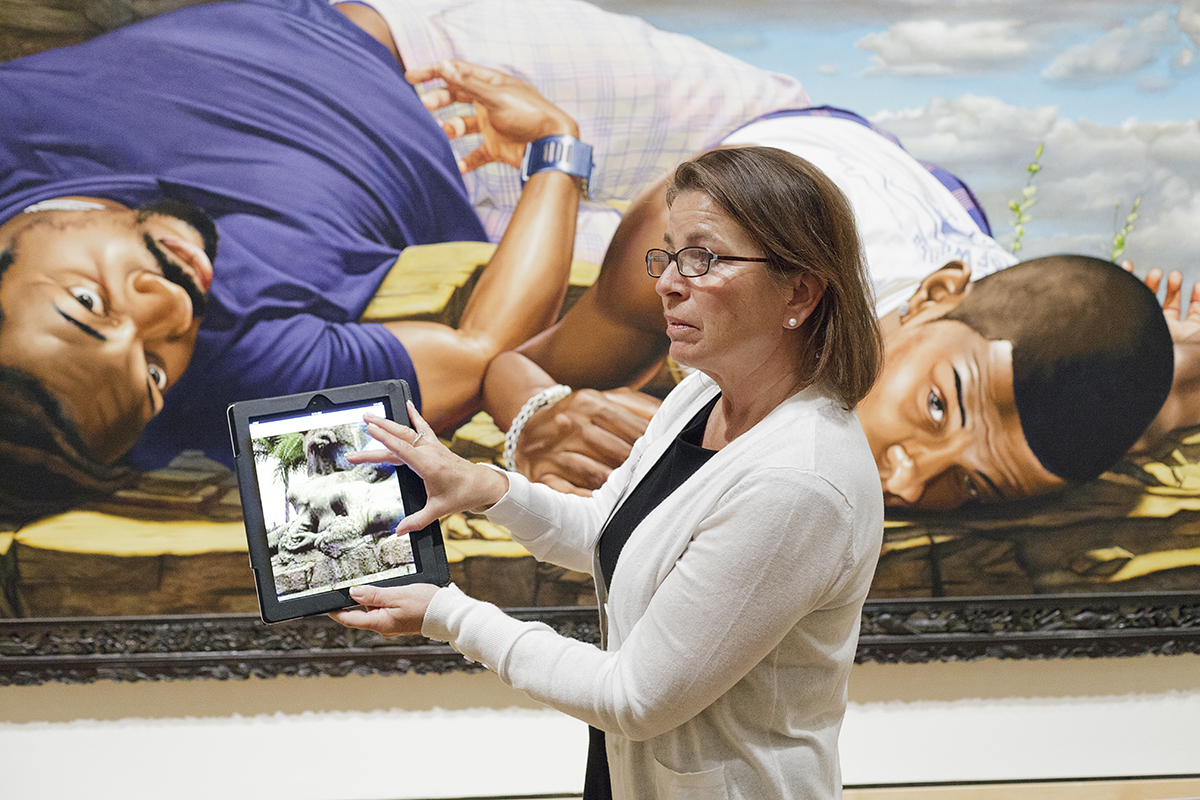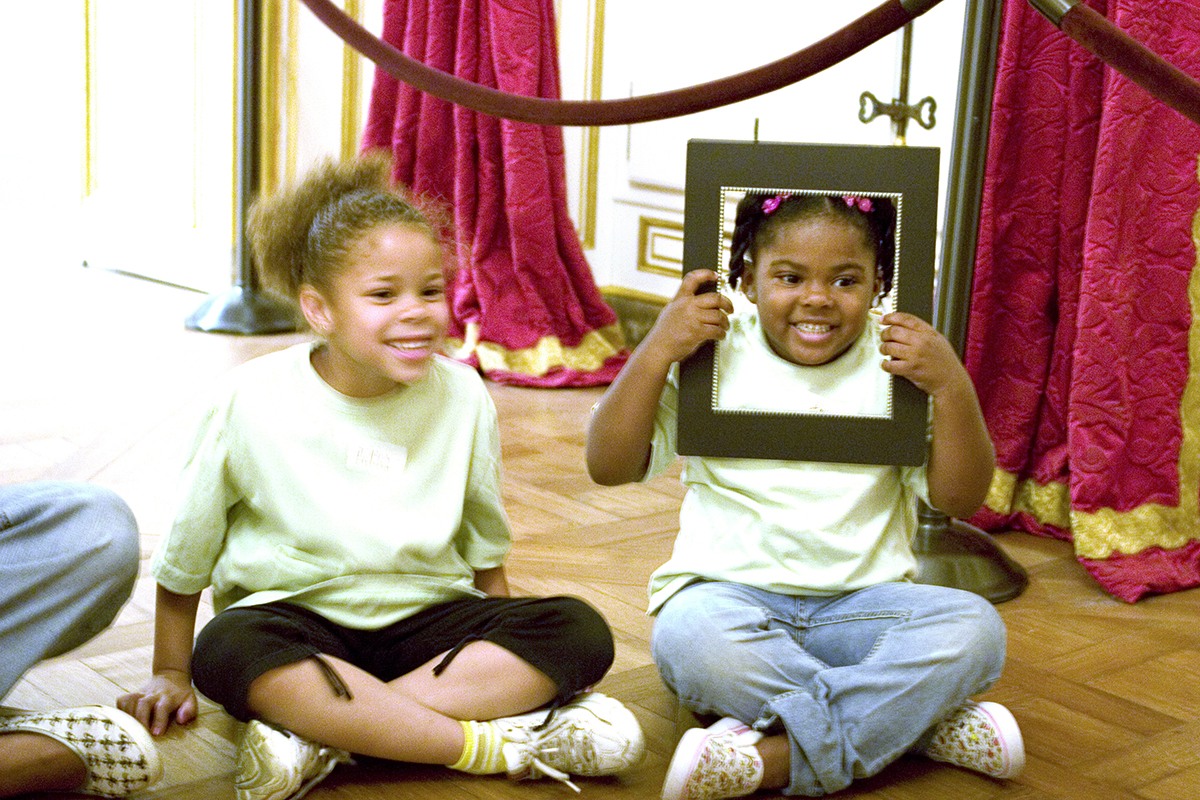Props and experiential activities
Providing an opportunity to touch a material, listen to music, or watch a video enlivens the tour as well as accommodates different learning styles (e.g., one child may learn more through touch). Experiential activities also activate other senses and provide a more holistic sensory experience on the tour.
Challenges using props
Props will do little but distract your group without careful planning. Consider these questions before using the prop: Will they all get to touch the prop? How should they take turns? What should they do when it’s not their turn? How should they treat the prop? At the end of the discussion, don’t forget to ask for the props back!
Review the following points to prevent group management challenges from undermining the benefits of props:
Decide what information about the object the prop best illustrates. Present the prop in conjunction with information about the object or to help answer a question about the object.
Provide structure for the group’s interactions with the prop. Clearly communicate your expectations to keep students focused on the activity. For a material prop, you could pass the prop around the group, allowing students to touch it.
If the group has trouble passing the prop quickly and taking turns, here are other ways in which to use a material prop:
Link the experience with the prop to the rest of the discussion. After the group has explored the prop in some fashion, refer to the experience as you continue the discussion.

